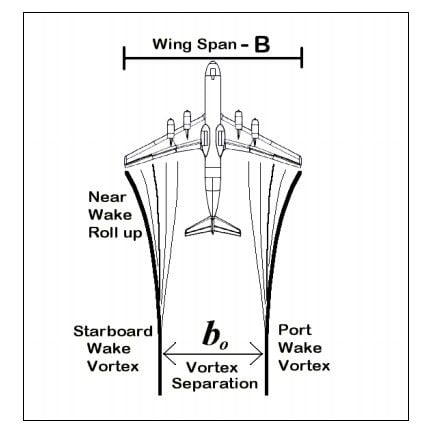First off, the wingtips to not produce the vorticies, nor is the core located at the wingtip. Wingtip vorticies are a mis-nomer, it is really a wing vortex. Like many things in avaition, they get oversimplified for the public, and it is tough to shake them loose.
Winglets have absolutely no effect on the wake. What you frequently see from the wingtip or a flap edge, is a high pressure discontinuity.
The rollup of the vortex is a function of wingspan and weight. Core velocity is terminal, so there is a maximum speed at which the core will rotate, the physics of the air simply cannot sustain a higher velocity. The core size of each vortex is a function of the wing, typically we use a half span. (of each respective wing) Thus the core velocity of the wake from a B737-800 is the same as an A380. The core size, well, there is the obvious difference. In equal conditions, the decay rate is the same, hence with a larger core, the time is longer.
A vortex has to 'rollup' to be created, hence you will see the formed vortex at approximately one wingspan above the surface. Again, one can see difference in where the A380 vs A320 vortex will be formed.
The whipcrack that one frequently hears is the center core of the vortex breakup up and going subsonic.
Near the ground, once the aircraft enters ground effect, there are no wake vorticies produced. It has no room to rollup, and of course, there is the engine thrust.
For your operations, the inversion layers will be of the most effect on the wake. These are usually thermal, rising up as the sun warms the surface. These layers can trap, bounce or hang a wake. Calm conditions with little winds and inversion layers are usually the most concerning. I have seen wakes from 737-800, that would normally last 15 seconds, hang for 4 minutes.
Another would be an overwater approach, especially when the end of the runway is near water. Water does not have the same effect on the decay rate as land/vegetation. A wake can sit there, and be held there by the inversion layer....

The current buzzword is "Bo" (B- knot) for wake vortex mechanics...the center or the vortex is at half span.
